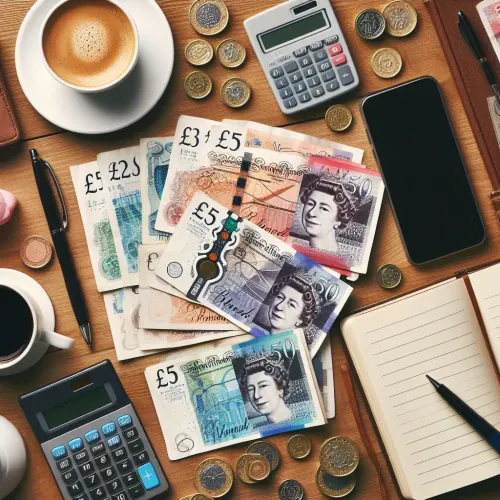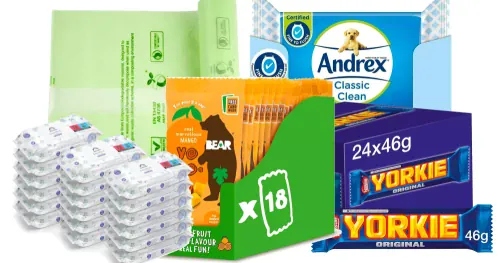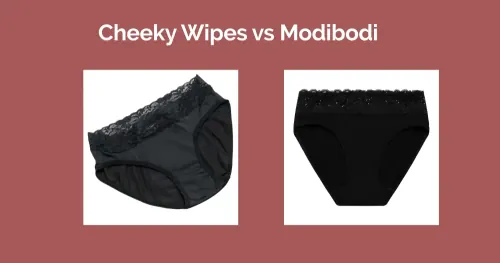11 budgeting techniques to help with your financial goals and lifestyle
Written 24th January 2024 | Subscribe to my newsletter
Budgeting is like having a game plan for your money. It's all about figuring out how much cash you've got coming in and deciding where it needs to go.
Think of it as a road map to avoid getting lost in the money maze. You divvy up your dough for essentials, like bills and groceries, but also leave room for some fun stuff and savings.
It's not about being a penny-pincher but more about being smart with your cash, so you don't end up broke.
Budgeting helps you stay on track, dodge unnecessary debts, and maybe even stash away some cash for a rainy day. It's basically the secret to keeping your finances in check without breaking the bank.

Before you start the following steps can help you create a budget:
Step 1: Determine your net income, which forms the basis of a successful budget.
Step 2: Monitor your expenditures carefully.
Step 3: Establish achievable goals that align with your financial aspirations.
Step 4: Develop a plan outlining how you'll allocate your income.
Step 5: Make necessary adjustments to your spending habits to remain within your budget.
Step 6: Regularly assess and review your budget to ensure it stays on track.
Here are some budgeting techniques to help you manage your finances more efficiently:
Zero-based Budgeting
What is zero-based budgeting?
This is assigning a purpose to every pound you spend.
Ensure that your income minus your expenses equals zero by budgeting for all your needs, wants, savings, and debt repayment.
Envelope System
What is the envelope system in budgeting?
Allocate cash into envelopes for different spending categories (groceries, entertainment, etc.). Once an envelope is empty, you're done spending in that category for the month.
50/30/20 Rules
What is the 50/30/20 rule when budgeting?
Allocate 50% of your income to necessities and bills, 30% to fun spending, and 20% to savings and debt repayment. Adjust the percentages based on your financial goals and needs.
Pay yourself First
What is the Pay Yourself First rule when budgeting?
Prioritise saving by setting aside a portion of your income before paying bills or spending. This ensures consistent savings and helps build an emergency fund.
Try budgeting Apps
What Apps are good for budgeting?
Mint, YNAB (You Need A Budget), or PocketGuard track your spending, set financial goals, and receive alerts when you exceed your budget.
Some banks such as Monzo also have the facility so check your bank app first.
Weekly Budgeting
Break down your monthly budget into weekly segments. This can provide a clearer picture of your spending habits and make it easier to adjust as needed.
Sometimes it is easier to write it down in a book or spreadsheet
Unnecessary Expenses
Regularly review your expenses and identify non-essential items. Cut out subscriptions or services you don't use or need.
Debt Snowball Method
What is the Debt Snowball Method?
List your debts from smallest to largest. Pay the minimum on all debts, and put any extra money toward the smallest debt. Once it's paid off, move to the next, creating a "snowball" effect.
Bulk buying and Meal Planning
Save on groceries by buying in bulk and planning meals in advance. This reduces the likelihood of impulse purchases and helps minimize food waste.
A fantastic way of bulk buying a saving is Amazon Subscribe and Save
Negotiate Bills
Negotiate Bills by contacting suppliers?
Contact service providers to negotiate lower rates for utilities, internet, or insurance. Loyalty is often rewarded with discounts.
Automate Savings
What is automate savings?:
Set up automatic transfers to your savings account as soon as you receive your paycheck. This ensures consistent savings without the need for manual intervention.
Whatever budgeting method you choose remember each month is different and goals change - good luck!




